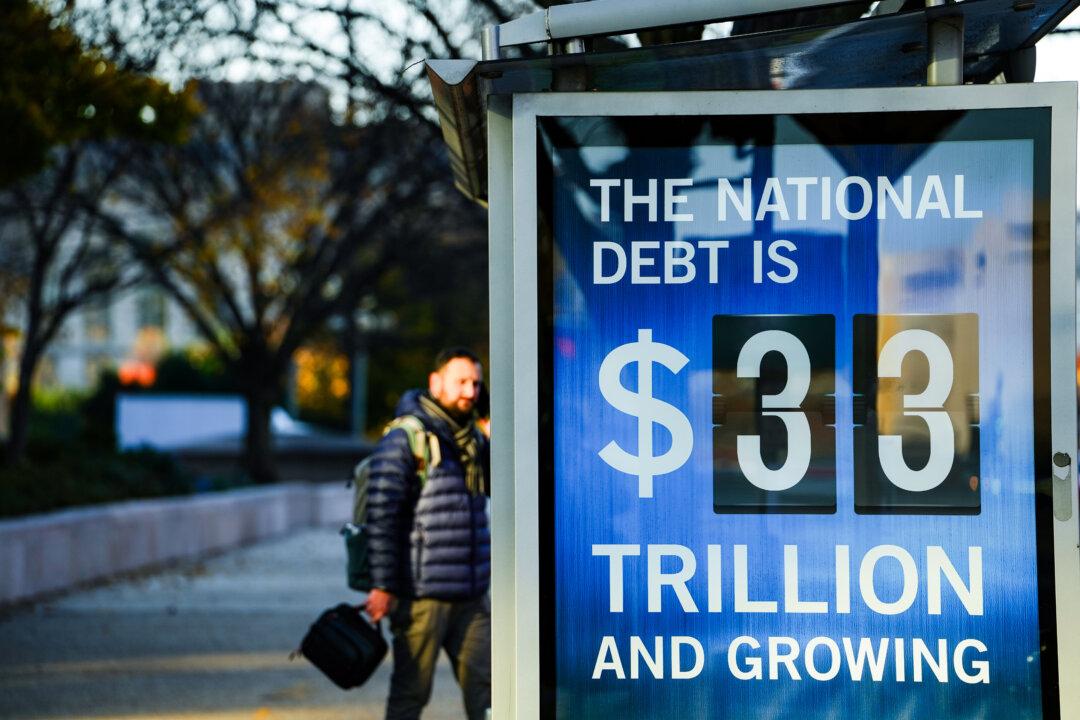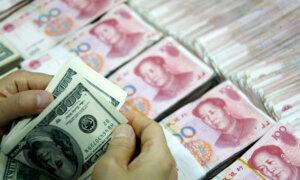The U.S. government plans to borrow more cash from private investors this quarter than initially forecast amid less-than-expected tax receipts, the Treasury Department said on Monday.
Treasury officials stated that the federal government’s tax receipts have fallen short of forecasts so far this fiscal year. The Treasury does not share its forecasts for tax revenues with the public.
For the January-March quarter, the Treasury borrowed $748 billion in private marketable debt, slightly under the first estimate of $760 billion. This was mainly due to lower federal outlays.
Looking ahead to the July-September quarter, the department expects to borrow $847 billion.
This year, Wall Street has been paying closer attention to the Treasury’s debt issuance efforts.
The department’s auctions, usually mundane affairs, have become notable events for investors. This is because traders will demand higher yields to cover additional supply when the government issues more debt, which occurred this past fall when the benchmark 10-year yield briefly topped 5 percent.
Over the last several months, the Treasury’s debt auctions have been largely disappointing as domestic and foreign investment demand has been lackluster. Primary dealers, which are financial institutions tasked to scoop up leftover supply, have been purchasing an above-average percentage of government bonds.
Washington has been flooding capital markets with government bonds to help manage ballooning deficits and higher interest payments. The federal deficit has already crossed the $1 trillion mark halfway through the current fiscal year, while interest costs are among the top budgetary items.
U.S. Treasury yields were mostly in the red to finish the April 29 trading session. The 10-year stayed above 4.60 percent. The 2-year yield slipped below 4.97 percent, while the 30-year bond fell underneath 4.73 percent.
Federal Reserve Runoff
This week, market watchers will brace for insights as to where interest rates could be headed this year.The Federal Reserve will complete its two-day policy meeting on May 1. While the central bank is not expected to cut interest rates, traders will pay close attention to what Chair Jerome Powell says at his post-meeting press conference.
Following hot inflation reports, the financial markets have trimmed their expectations for rate cuts. As the policy rate dominates the discussion, the bond market is waiting for further insight into the Fed’s balance-sheet runoff endeavors.
In the last couple of months, monetary policymakers have weighed their options, with some officials considering slowing the pace of quantitative tightening, or QT.
According to minutes from the March Federal Open Market Committee meeting, “the vast majority of participants thus judged it would be prudent to begin slowing the pace of runoff fairly soon.”
“Slower runoff, therefore, is a way to approach the ample point more gradually, allowing banks to redistribute funds and the FOMC to carefully judge when we have gone far enough. This strategy will mitigate the risk of undesired liquidity stresses from QT,” said Ms. Logan at the 2024 U.S. Monetary Policy Forum.
She added that this does not mean halting QT but rather “providing banks with more time to adjust.”
“The eventual stopping point should depend on what we observe in money market volatility and spreads,” the central bank official said.
Market observers assert that the Treasury market would receive more relief from lower interest rates, but slowing the rate of balance sheet reduction would mitigate the pain.

About the Budget Deficit
Should inflation trend higher and the Federal Reserve raise rates or keep them higher for longer, this could have a considerable impact on the federal deficit over the next decade, says the Congressional Budget Office (CBO).According to the non-partisan budget watchdog, a climate of higher interest rates would lead to $324 billion in cumulative deficits over the 2025-2034 span. Moreover, if inflation and rates rise, the cumulative deficit would be $263 billion larger than projected.
“With real GDP held constant, higher inflation would push up nominal GDP, resulting in more taxable income,” the CBO noted in a new report. “But higher inflation would also increase benefit payments from certain programs. And with real interest rates held constant, higher inflation would increase nominal interest rates.”
The national debt presently stands at $34.6 trillion, and the budget deficit is poised to be $1.5 trillion this fiscal year.







